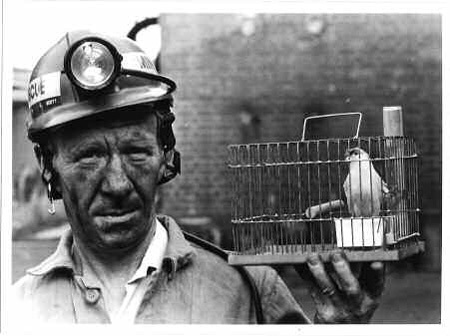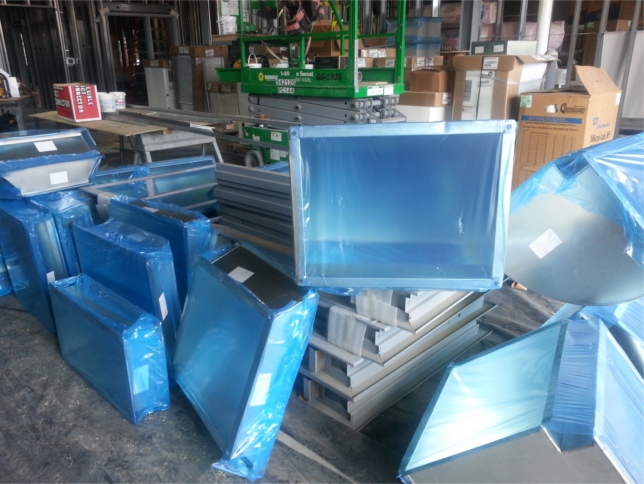Indoor Air Quality and Canaries
Posted: 11/04/2014
It’s November, Feldkamp Family!
October was National Home Indoor Air Quality Action and Awareness Month (what a mouthful!). October may be over, but our dedication to Indoor Air Quality is not. Today, I’d like to talk to you about the history of IAQ (Indoor Air Quality), and how far we have come since then.
If I were to choose one word to describe the history of IAQ, it would be “canaries”. “Canaries?!”, you say? Canaries. Monitoring Indoor Air Quality started in the coal mines nearly a century ago. Before the availability of modern detection devices such as carbon monoxide detectors, miners turned to Mother Nature for assistance. Canaries (and sometimes mice) were used to alert miners to the presence of poisonous gases; following a mine fire or explosion, rescuers would descend into the mine carrying a canary in a small cage. Any sign of distress from the canary was a clear signal that the conditions underground were unsafe, prompting a hasty return to the surface.

Canaries were preferred over mice to alert coal miners to the presence of carbon monoxide underground because canaries more visibly demonstrated signs of distress in the presence of small quantities of the noxious gas. Canaries, and birds in general, are suited to this not just because they're small and portable, but because their anatomy makes them vulnerable to airborne poisons. Birds are continuously "inhaling." This makes birds great at taking in oxygen, but extraordinarily sensitive to poisons in the air. A canary is taking in the poison twice with every breath. Even if it were as big as a human, it would die faster from poisoning.
Nowadays, IAQ is a term which refers to the air quality within and around buildings and structures (not so much mines, anymore), especially as it relates to the health and comfort of building occupants. IAQ can be affected by gases (including carbon monoxide, radon, volatile organic compounds), particulates, microbial contaminants (mold, bacteria), or any mass or energy stressor that can induce adverse health conditions. IAQ seeks to reduce these contaminants.
During the design and construction process, choosing construction materials and interior finish products with zero or low VOC emissions will improve IAQ. Most building materials and cleaning/maintenance products emit gases, some of them toxic, such as many VOCs including formaldehyde. These gases can have a detrimental impact on occupants' health, comfort, and productivity. Avoiding these products will increase a building's IEQ (Indoor Environmental Quality).

Above: Protecting Ducts from Contaminants on the project site (Cincinnati Police District, 2014)
Feldkamp Enterprises, Inc. has a comprehensive Indoor Air Quality Plan for each HVACR project they are involved with. Seven ways that we strive to provide a safe environment for your project are:
- Providing protection from any absorptive materials to reduce contaminate exposure
- Use of low VOC Products
- Keeping construction vehicles or equipment at an acceptable distance from building openings or air intake paths
- Taking measures to prevent and control dust, moisture and spills
- Eliminating the use of tobacco products inside of or within 25 feet from the building
- Use of MERV filters in accordance with ASHRAE standards
-
Providing a sound HVAC system design that is efficient and environmentally responsible
- This includes testing of said design upon equipment start up.
Of course, these are not the only ways we contribute to the Indoor Air Quality of each project, but they are important factors in providing a healthy environment for each of our projects.
The next time you hear the song of a canary, remember to thank it for sparking human interest in air quality standards. For more information about IAQ and how it relates to the HVAC industry, feel free to contact us through Twitter or Facebook!
